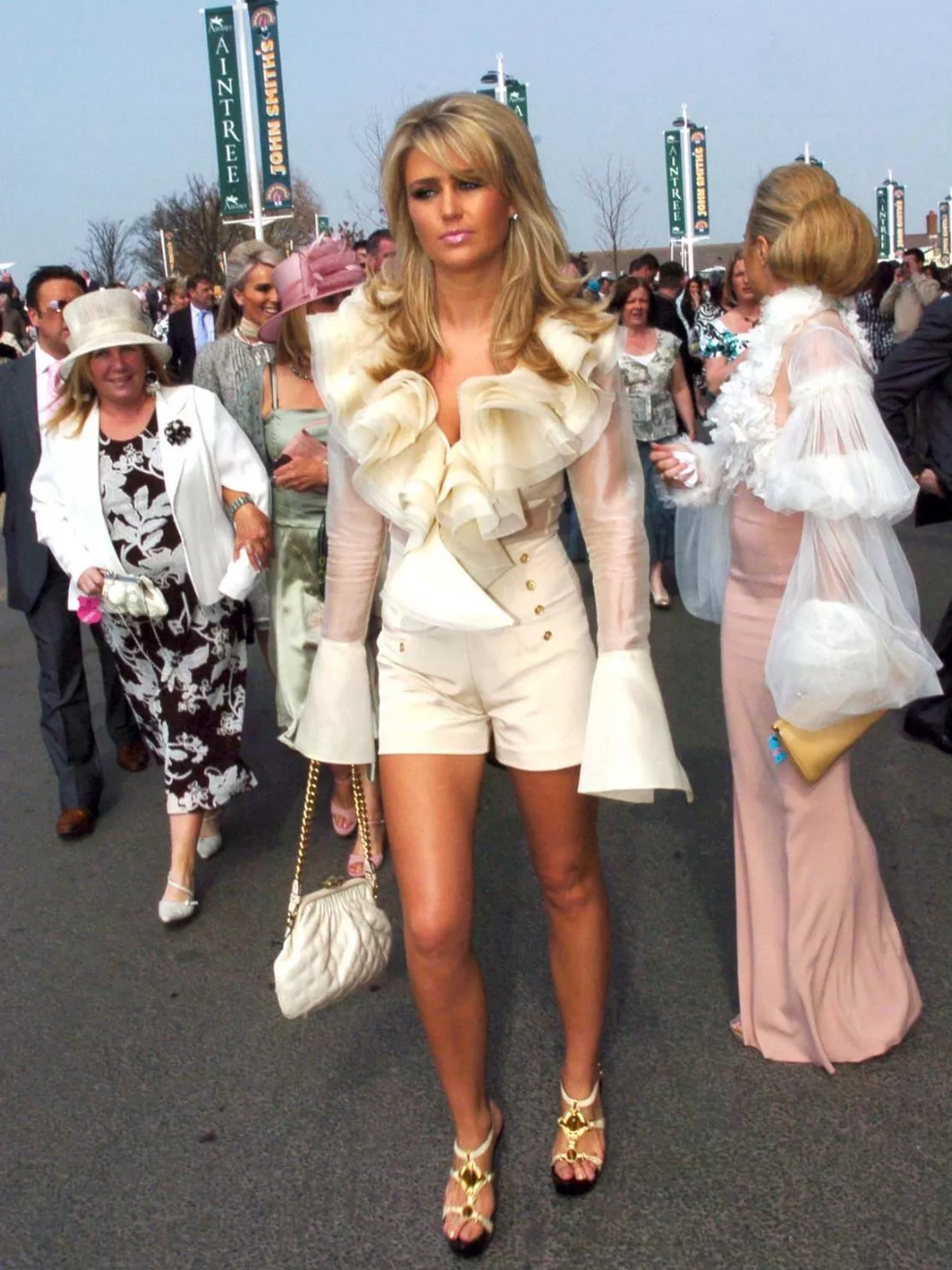HUN CULTURE - What Does It Mean To Be A Hun?
- destinedliverpool
- May 2
- 2 min read
Updated: Jul 16
What does it mean to be a Hun? Is it to wear oversized, off-the-shoulder tops over jeans, channelling your inner-diva just because you watched Gemma Collins do it on The Only Way is Essex in 2011, or is it lying about your own age on Irish Popstars in 2001? Whatever defines your Hun-ness, one thing is for sure: it’s all about wearing your personality – and style – loud and proud. From velour tracksuits to rollers, how exactly has Hun Culture impacted our fashion today?
Coexisting alongside lad culture in the late 1990s’ and early 2000s’, Hun culture was for the unapologetic ladettes of the world. Inspired by celebrity culture at the time, everybody was head-to-toe in Burberry and had at least one pair of chunky gold hoops in their jewellery box. This had become so popular, in fact, that it was associated with the subculture alone, including working class ‘chavs’, who were often associated with white caps, designer tracksuits (real or fake), and having a stronger regional accent. Burberry had become so loved by chavs that Christopher Bailey, the creative director of the company, ditched the infamous check print to try and give the brand a better reputation.
But whilst “chav” was used to mock, Hun Culture turned this into a joyous and, of course, glamorous occasion. And nowhere celebrated this more than within Scouse culture.
In its purest form, Scouse hun culture meant going to Tesco’s in your rollers and full glam at 9 AM whilst head to toe in Juicy Couture and not forgetting those Ugg boots that you definitely need to replace.
But where does the word ‘Hun’ come from, and why does it mean so much to the divas of today?
Hun Culture first came about in 2012, an abbreviation of ‘honey’ that was loved by Facebook mums and huns at that time. Phrases such as ‘U ok hun?’ created a frenzy online, influencing accounts such as @Hunsnet and making it socially acceptable to use as many kisses on the end of a message as possible.
As social media was still a new idea, different platforms were full of the huns, typically expressing their opinions on different things with the use of abbreviated and misspelt words, typically about their own day (think your auntie’s Facebook statuses from 2012). Social media became the gateway for Hun culture to evolve from a way of dressing to a way of living, and as social networks have evolved overtime, the legacy of huns, whether that’d be through memes or Y2k fashion trends, is now everywhere.
In its true form, Hun Culture cherishes all the fashion trends from the 2000s’ that we still see today, and if anything, has become more popular with Generation Z and Alpha, with the use of social media such as Tik Tok, which has totally brought back fashion trends from that time that maybe we tried to forget.
But if Hun Culture has taught us anything, is that fashion trends eventually DO come back, especially as iconic as Y2K, with them coming back bigger and better than ever.
By Megan Johnson
_edited.png)











